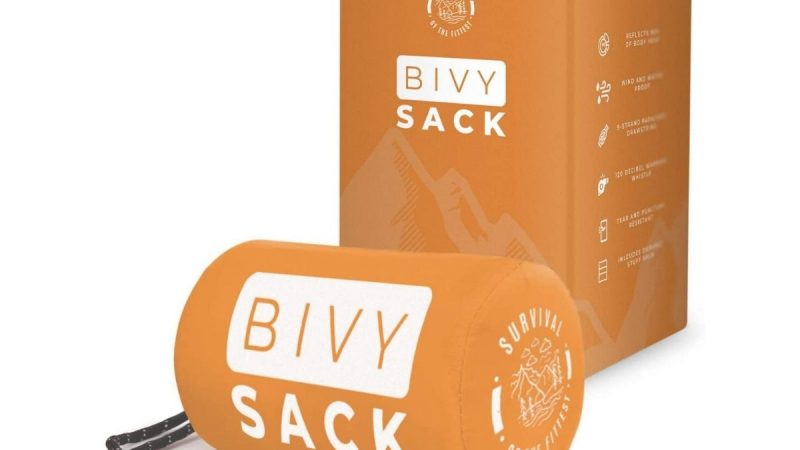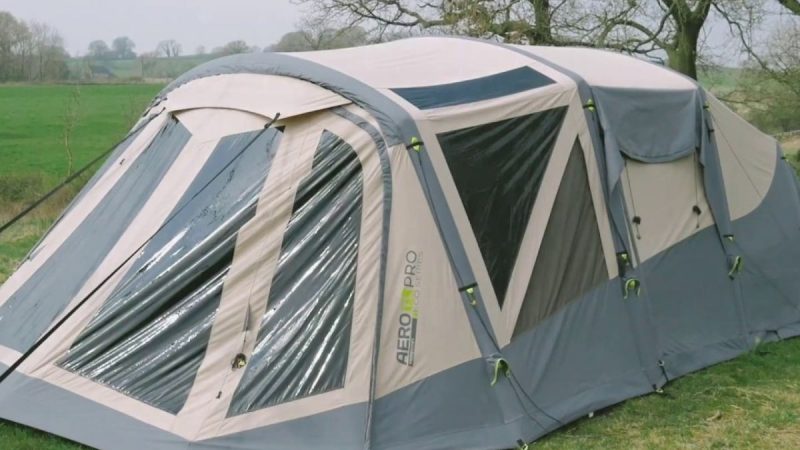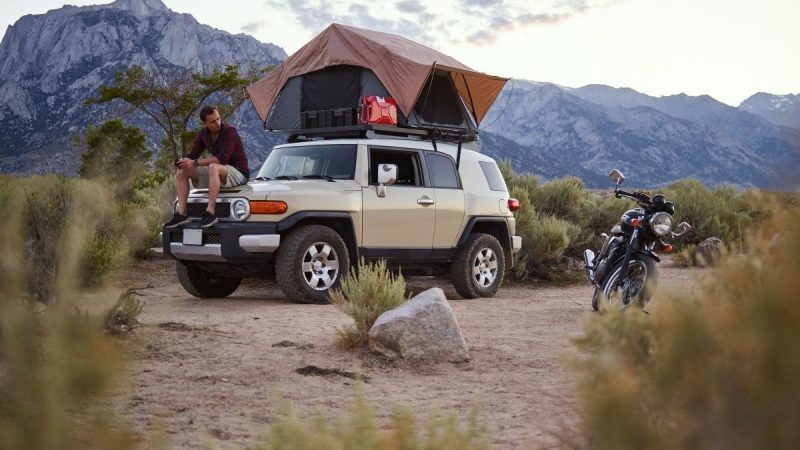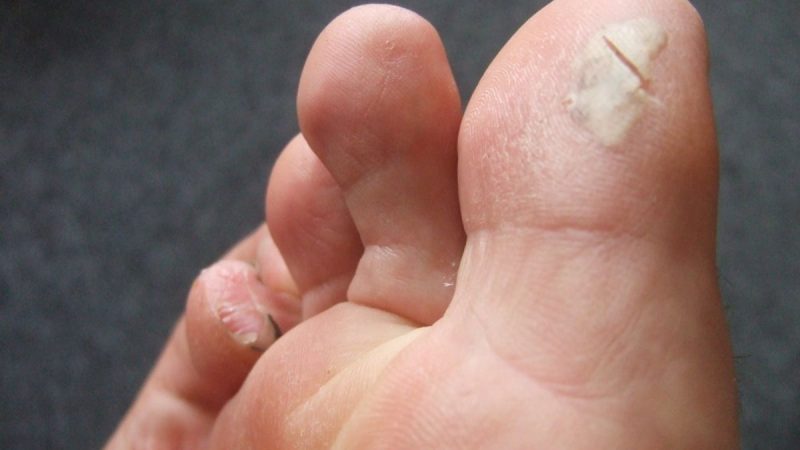How to Fight Leeches in the Forest – Tips and Tricks Every Trekker Needs to Know
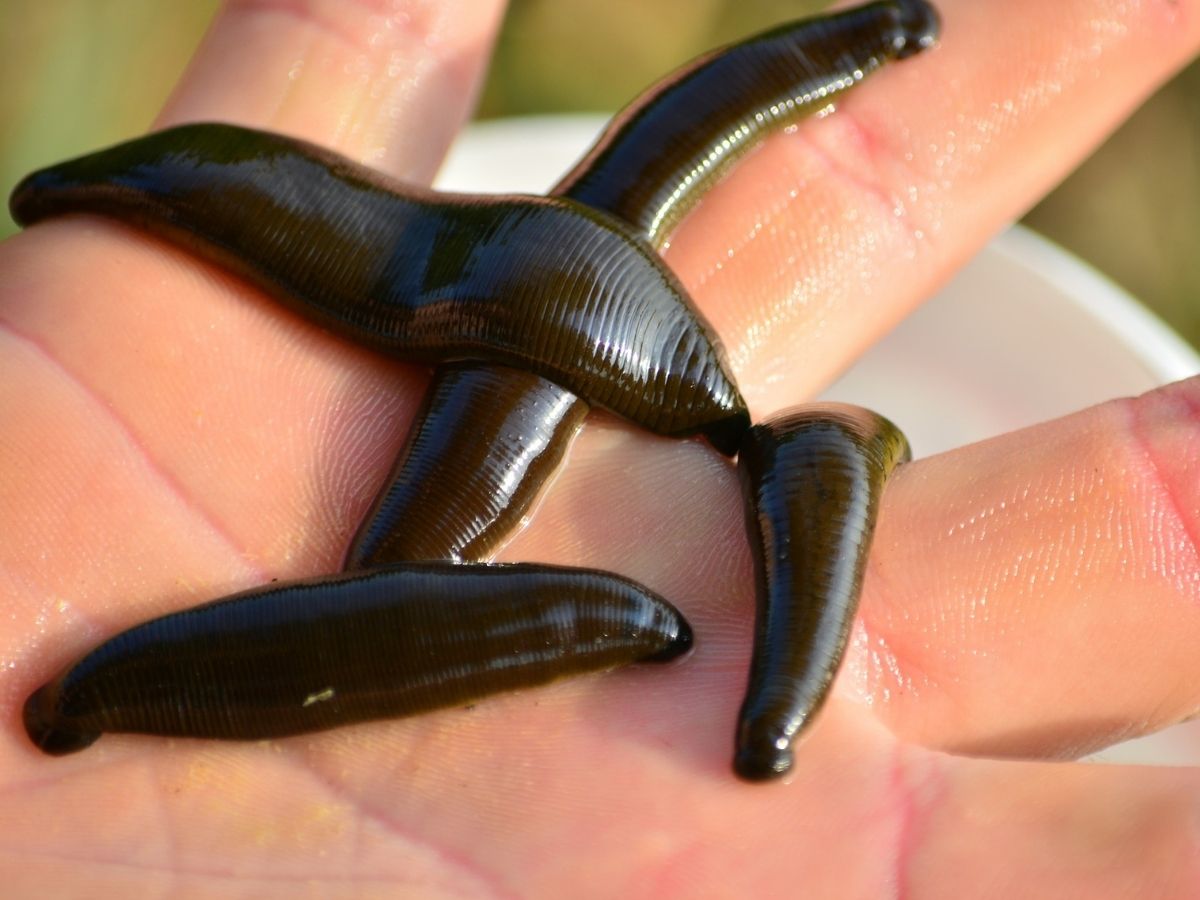
The Inevitable ‘Leeches’
How to fight leeches in the forest is an important lesson every trekker needs to know. Leeches are disgusting, slimy creatures that love the great outdoors and forests in particular. Once you enter into their territory, it is almost inevitable. You will encounter them at some point during your stay. If not on your first trip, then certainly on any subsequent trips! Leeches are adept at lying in wait for potential prey. They are also likely to pounce when they get close enough – this makes leeches difficult to avoid. This article covers everything an outdoor enthusiast needs to know about leeches. More importantly about fighting leeches in the forest. The article further explains how to prevent leech bites as well as what exactly to do if one does manage to bite you.
One of the most effective ways to prevent a leech attack is by leeches is to cover up.
Leeches need blood to survive; they sense warmth and smell carbon dioxide (CO2) in the air. This will be a clear indicator that the prey is in close proximity. To a leech, you will look like a walking meal with limbs. Hence, try your best not to have any exposed skin when in their territory.
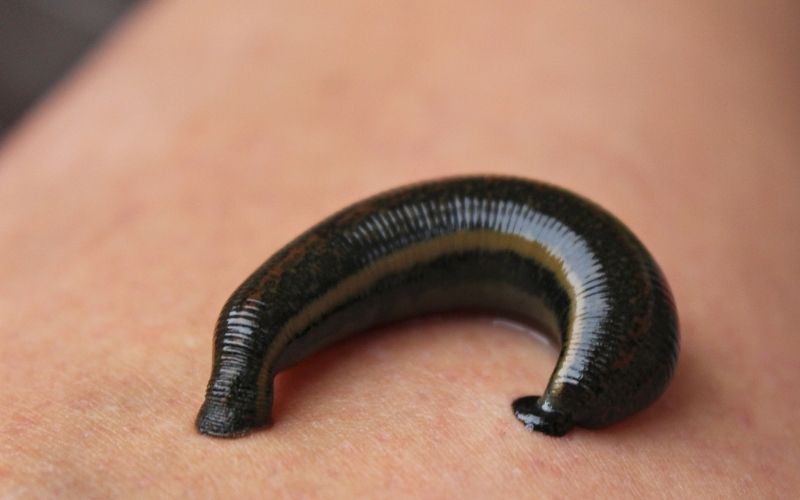
How does a Leech Bite?
Leeches typically feed at night – they are nocturnal creatures. This means that, if you are planning to go on a camping trip during the day, it is best to avoid coming too close to leech territory. This is mostly because leeches will be asleep during these times and thus less likely to be on the lookout for prey.
They tend to stay in wet areas such as near streams, under logs, and rocks. They also tend not to leave their favored spots unless disturbed or there is a large influx of potential prey nearby. Their teeth point backward so once they have latched onto a host, they find it difficult to let go. This is because this would cause damage to themselves as well as the victim. What an effective way of ensuring that you sustain minimal injury! In fact, leeches are so adept at attaching themselves to the skin that it is advisable to remove them with force rather than attempts at removal. This is because their suckers can be quite difficult to pry off.
How to Prevent a Leech Bite Effectively
Although avoiding leeches is sometimes impossible, there are a number of precautions you can take to reduce the risk of falling victim.
Wear Appropriate Clothing
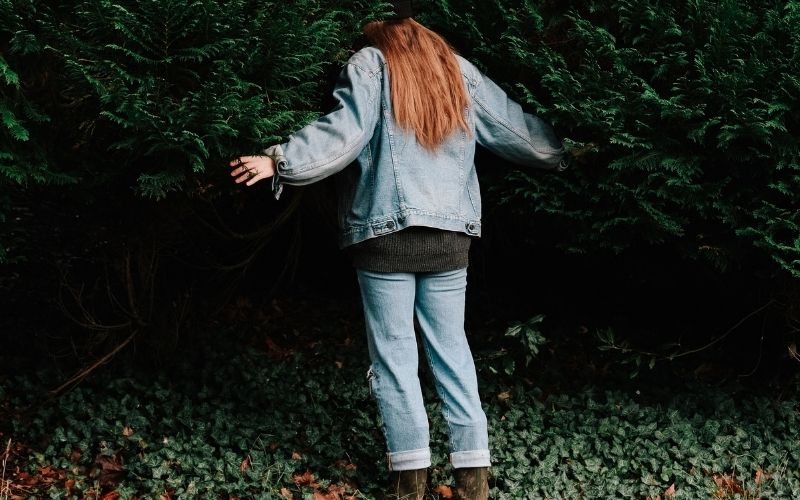
This will help keep most leeches away from your skin. Long pants tucked into socks and boots or hiking shoes are the best option when in their territory. Leeches cannot bite through thick material such as denim jeans. So wearing these provide good protection against bites. Moreover, it would be of great help if you’re on a long walk in the forest at night time while camping or whatever activity you might involve with while trekking.
Tuck Your Pants into Your Socks!
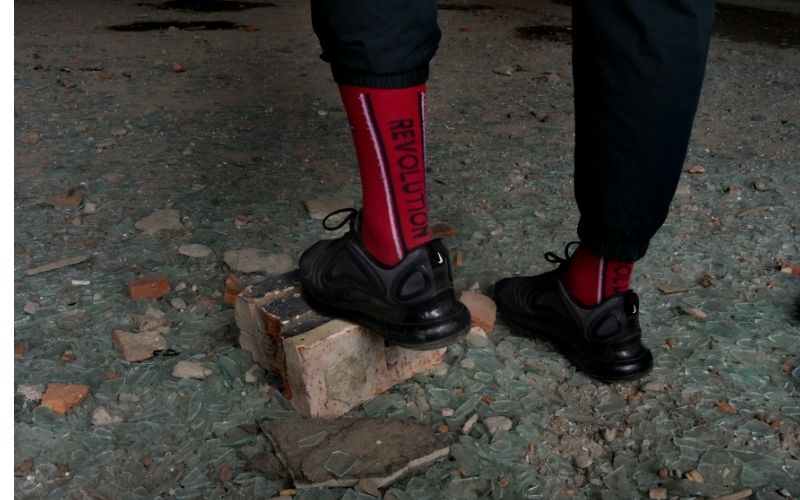
This prevents leeches from crawling under your pant legs and up towards your groin. This is where they’ll easily find a way to get around the barriers your clothes provide.
Avoid Damp Patches
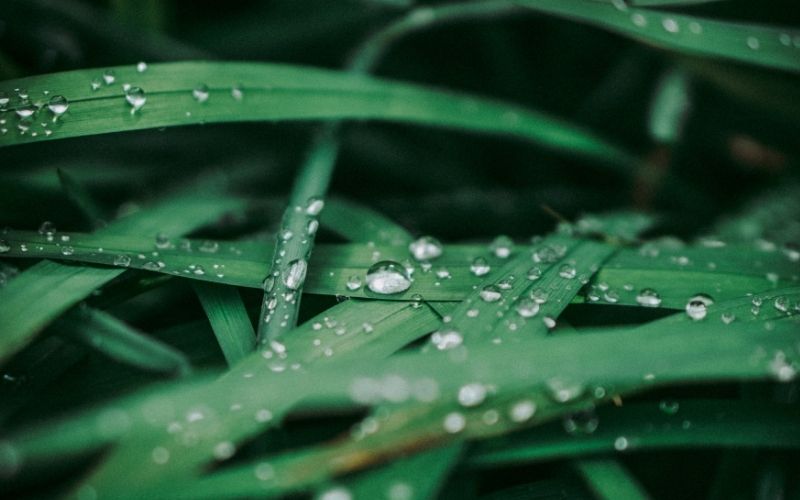
Leeches are likely to be in wet regions. So if you see a leech-infested area, make sure that you avoid it. There is a good chance that there will be another route that still gets you to your destination in a timely manner.
Leeches do Not Like the Sun!
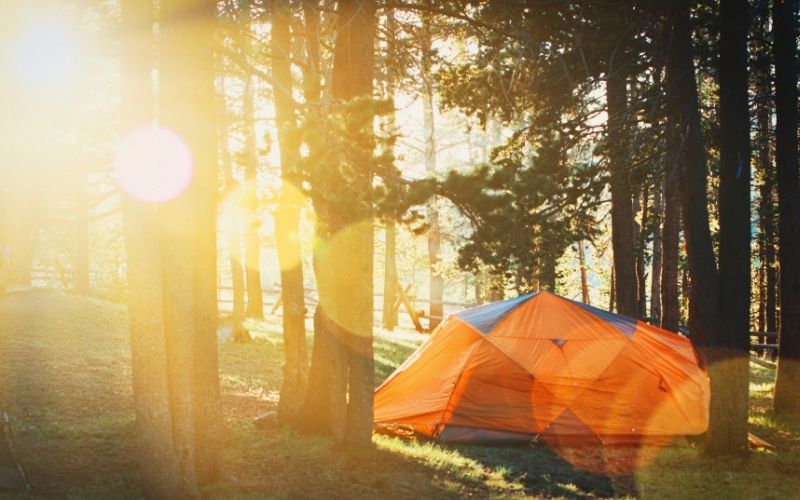
If possible, try to stay away from regions with thick vegetation. Staying away especially from thick foliage as this allows for more moisture to accumulate in the air around you – perfect for leeches! In fact, there is a high probability of encountering leeches when traveling through thick forests at night. This may be true even during very rainy days when humidity levels are higher than usual. Simply being aware of the regions they inhabit can significantly reduce their numbers by the time you arrive.
Move-in a Zigzag Pattern
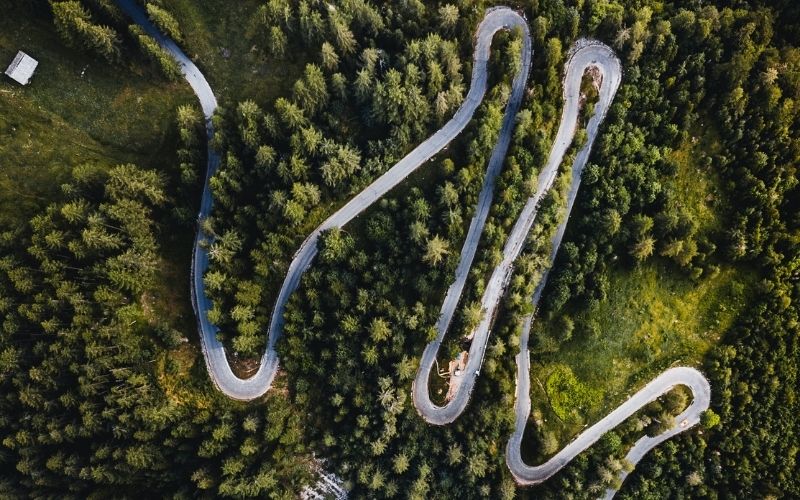
Leeches can move fast and in a straight line. Thus, when possible, it is advisable to make your way through leech territory. This is possible by moving in a zigzag pattern across the terrain. This means that they have less of an opportunity to get ahead of you. Moreover, it would be a challenge for them to block your path from continuing forward. Also, irregular motion might confuse or scare them off. Before they even get close enough to try attaching themselves to your skin they might feel confused! They are more likely to confuse as to which route you’re taking after a while of trying this method of evasion. So eventually, they might just give up on going after you completely if their prey keeps evading them. This is a lot more often in the movies than it has been in real life, but still possible nonetheless.
Apply Vinegar

Applying vinegar to your exposed skin may help deter leeches. This is because, to them, you might smell like a giant human-sized piece of food.
It helps to prevent the growth of fungus on your feet as well as other places known to be prone to infection after hikes or treks. If you are sensitive to the “unpleasant” odors that come with excessive sweating and certain hard ground, then this method will surely help remove any unwanted odor left behind by these activities! Simply soak your socks in vinegar before putting them on. Next, wear them throughout the duration of your trip. Always remember to avoid any contact with bare skin so use bandages if necessary.
Sprinkling Salt Over Your Body
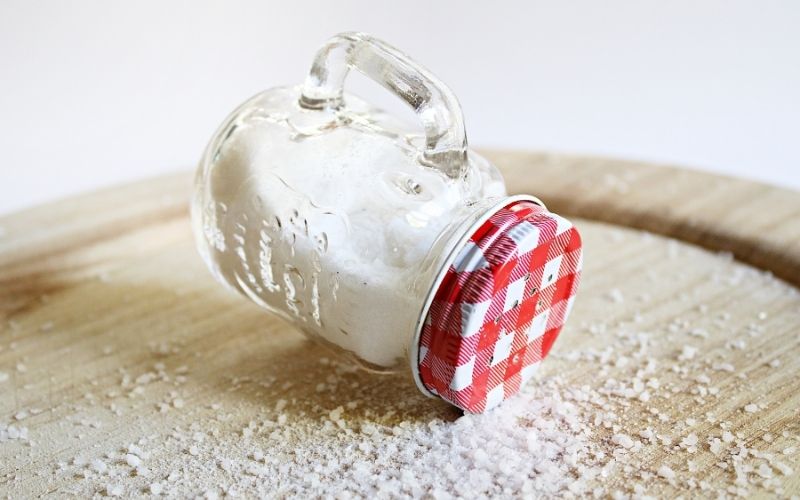
Much like spritzing yourself with vinegar, using salt might deter leeches by making you taste bad to them. Salt can also dry out its protective coating. Moreover, it can make it easier for you to pull them off when they do come after you. If possible, start this method in advance of your trekking trip. This way the salt has time to properly absorb into your skin.
Salt helps prevent fungus growth on the feet. Also, it assists in killing certain bacteria that may be in your body while trekking through vegetation that may contain these pathogens! Also, if there is any sort of fungal infection present before starting out on a hike or other lengthy outdoor activity. Further, using salt can act as an anti-fungal agent to help with recovery.
Wiping Down With Rubbing Alcohol

Alcohol is a great disinfectant and you can use it when the next few methods are unavailable or not available in time.
Also, if you run out of salt before your adventure ends, using rubbing alcohol might be helpful. More importantly, it will be helpful when either vinegar or salt is not readily available for purchase at local shops along the route.
Correct Removal Technique
With plenty of techniques to try, the main thing that remains is to ensure that you remove leeches in a proper manner. This means that after pulling them off, it’s important to discard them properly. This way they do not reinfest your body throughout the day or night.
Leeches feed on blood so their bites are not painless. Over time, these bites will become red and swollen. So it’s best if you take care of this issue before its effects compound into something even worse than what it started as originally! Although mostly harmless on humans themselves, there have been some cases where certain species may carry parasites with deadly potential. The medical field has made great advances in recent years. However, if you find yourself in a remote location and a professional is not readily available, it’s best to keep calm and take care of any infections so they do not become life-threatening.
Leeches have the ability to swim through water relatively fast. This means that once they have attached themselves to your skin there may be only one direction for them to go: into you! In order to prevent this from happening, ensure that once you’ve pulled off the leech from your skin, you smother it immediately. This includes using whatever is at hand including mud and rocks. The leech will die by suffocation.
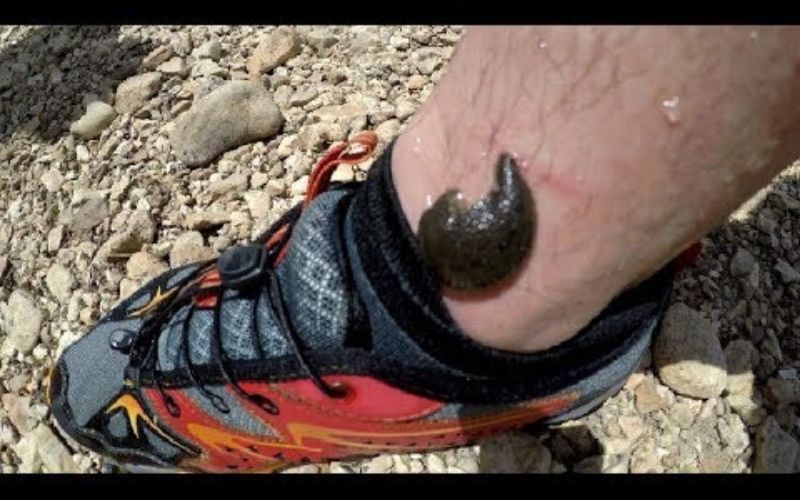
How to Treat a Bite that Bleeds A Lot
With some bites being more severe than others it’s important that if the blood does not stop flowing or slows to a crawl, that you take precautions to improve your chances of survival. Using these methods as soon as possible ensures proper healing. Also, it will avoid infection as early as possible, there are many steps one can take towards successful treatment for those who have been bitten by leeches.
If you’ve found yourself in a remote area on Earth with only wilderness-type gear at hand and no way of contacting anyone else firsthand, then this is what would be recommended:
- Once the leech has been removed from your skin then proceed with any method available.
- Ignore It! If the bleeding stops pretty quickly and the bite hasn’t gotten worse in appearance over time, then it’s advised that you do not seek medical treatment.
- If the area is still bleeding steadily or becomes worse in appearance, then proceed to using one of the following methods.
- Salt Water Method – Soak the bitten spot with salt water for 15-20 minutes – try to prevent infection! If sunburned, make sure to apply milk or clarified butter before applying salted water (this also helps keep flies at bay) to help with healing and recovery.
- Honey & Tea Tree Oil Treatment To stop any infections from spreading, cover your wound with Manuka honey . Once you apply this properly then attempt to wrap your wound using tea tree oil soaked gauze if available. If neither are available, then the recommendation is to try using neem oil instead. After, apply a tight bandage around the wound with some duct tape or medical tape if available.
The next method will be helpful provided that you do not carry the items above;
- Mud Pack – Once you’ve collected enough mud from the area around you, make sure to blend in water and create a thick paste. Apply this to the bitten area and allow the mixture to dry for several hours before removing excess with soap and water. If no gauze is around (or makeshift) then use clean fingers!
- Using local plants for medicinal purposes also plays a key role in preventing infection. Further, it will also speed up the process of healing. Although this no substitute for professional medical care, it’s important that one uses whatever they have available when necessary. This means even if those items are in your immediate environment!
In conclusion, there’s a lot of interesting information in this article revolving around “How to Fight Leeches in the Forest?” If you ever find yourself in a situation where leeches are then try to use what you’ve learned here. This will help prevent infection from spreading. More importantly, it will aid in reducing the amount of time it takes for your wounds to heal properly. Try to avoid stressing out too much, since doing so can only make things worse – keep calm under pressure!
In addition, make sure to pack some of the above items with you if possible. Although they’re not available by default, it’s important that you try to find them within your immediate environment instead of panicking and giving up. You never know what kind of a situation you’ll get yourself into while trekking through the forest on Earth. However, this is part of what makes these adventures so thrilling!


